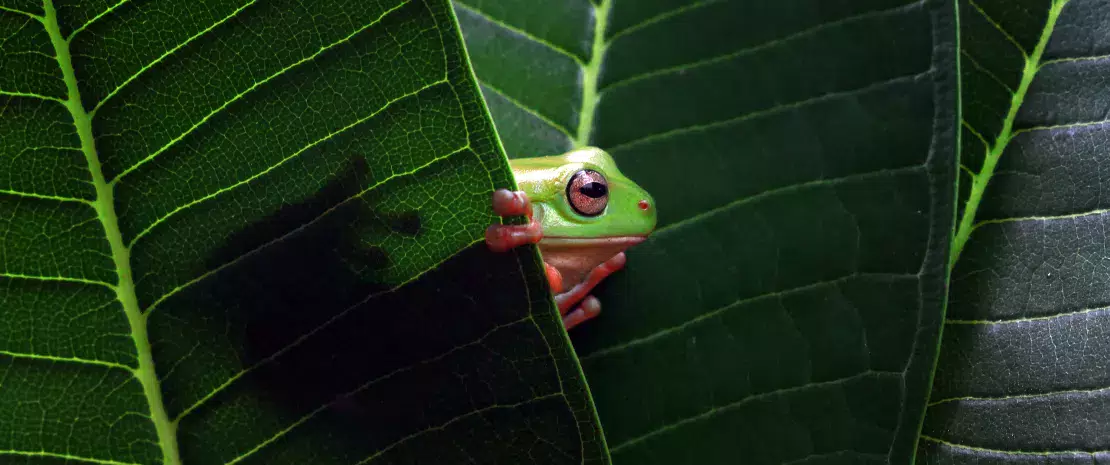How did some species of frogs resist to the chytridiomycosis outbreak, a fungal infection which has decimated amphibian populations around the world? Could it be thanks to the presence, within their skin microbiota, of bacteria able to fight against the fungus Batrachochytrium dendrobatidis, which is responsible for this disease?
A therapeutic lead against aspergillosis?
To know for certain, researchers isolated several bacterial strains colonizing the skin of 7 species of frogs living in Panama, a country particularly affected by the epidemic. They then decided to investigate whether the bacterium B. dendrobatidis could stop the fungus development and if it could block the growth of Aspergillus fumigatus, a fungus causing over 80% of human aspergillosis. Their aim was to develop alternative therapies whose mechanisms of action would be different from that of standard antifungal agents.
Saving own skin ... thanks to the skin!
The bacterium Pseudomonas cichorii, which is present on the skin of frogs, holds first place as most potent antifungal thanks to the production of two active compounds, one of which has shown, in laboratory tests, a strong capacity to stop the growth of pathogenic fungi B. dendrobatidis and A. fumigatus. This finding still has to be confirmed in living organisms in order to prove that Pseudomonas cichorii truly prevents the development of the resulting diseases. Panamanian frogs could thus have escaped a massive extinction caused by a killer fungus thanks to their skin! Skin bacteria responsible for their survival could well be used to develop new natural remedies against human aspergillosis.
















